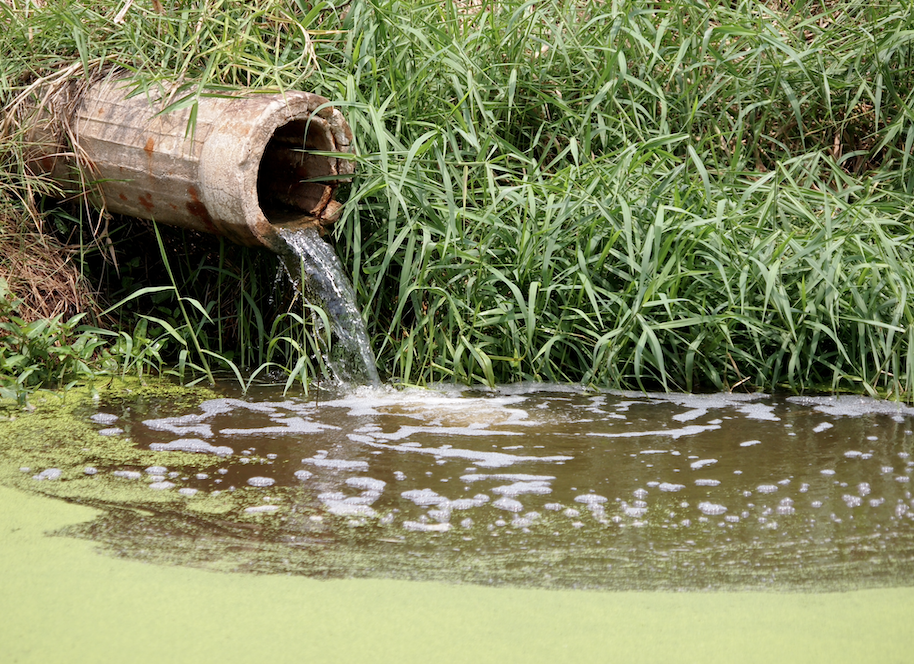Last month an article about litigation after the floods of August 2014 didn’t mention what state and local governments have — or haven’t — done to address the inevitable flooding that is likely to occur again. Much of the region’s existing infrastructure lacks the full capability to handle heavy rains because the flow of stormwater is combined with wastewater from homes and businesses. Antiquated and inadequate underground infrastructure is an issue almost all regions must deal with. Too often, that leads to sewage discharges into our waterways including Lake St. Clair — the region’s largest source of drinking water.
In Michigan, the Great Lakes State, we should be a leader in water quality efforts, and continuing to discharge sewage overflows, even if they’re treated and meet state permit requirements, should not be accepted.
The solutions are clear yet extremely expensive: Build bigger retention basins or install hundreds of miles of new pipes to carry sanitary waste separately from stormwater and snow melt. As is too often the case, wastewater plants and pump stations that lack sufficient capacity during heavy rain are forced to release millions of gallons of partially treated or untreated wastewater into our local waterways.
Unfortunately, if wastewater systems become overwhelmed, the combined flow is too great and may back up in basements.
Last August, Gov. Gretchen Whitmer’s administration formally rejected Macomb County’s request to use a canal at the Chapaton Retention Treatment Basin in St. Clair Shores for increased storage capacity of wastewater, which would have reduced discharges of untreated sewage into Lake St. Clair by 70%. Our plan was endorsed unanimously by the Macomb County Board of Commissioners, our delegation in the Legislature and the St. Clair Shores City Council where the Chapaton pump station is located. Still, the Whitmer administration rejected it. Even in the face of denial, our team has gone back to the drawing board, and is moving forward with a separate project to increase in-system storage capacity by 35%.
Macomb County is committed to reducing combined sewer overflows with or without the state’s help. Some other great examples include: Warren a few years ago purchased property that had a vacant elementary school and plans to spend approximately $60 million to build a detention basin to reduce the risk of sewer backups in basements and to significantly reduce the city’s combined sewer overflows. Meantime, Clinton Township spent $25 million to reduce discharges of raw sewage into the Clinton River.
In Oakland County, the George W. Kuhn Drainage District discharges into the Red Run Drain, which flows through Warren and Sterling Heights in Macomb County, reaches the Clinton River and ultimately Lake St. Clair. When the Kuhn Drainage District releases untreated sewage, sanitary and “flushable” wipes — which should NEVER be flushed despite what the manufacturers’ labels say — are left hanging from bushes and trees that snag them during the rising waters.
As a member of the Great Lakes Commission that includes representatives of the eight states plus two Canadian provinces that border the lakes, I find it ironic that Michigan has, by far, the largest amount of combined sewer overflows of any state in the entire Great Lakes basin. Some states have none.
There’s nothing magical about it: Separating stormwater and sanitary systems designed and built many decades ago is the short- and long-term solution. We acknowledge that the cost to do that in our region would be enormous.
The Whitmer administration and the Legislature should create incentives for cities, townships and villages to at least identify locations and build new retention basins, or allocate funds to separate sewers.
Water quality and quality of life go hand in hand. Eliminating combined sewage overflows is a problem that local and state officials must have the political will to solve, because I believe the people of Michigan clearly have the political will to do so.
Candice S. Miller is Macomb County Public Works commissioner. Prior to that, she served 14 years in the U.S. House of Representatives, as Michigan Secretary of State from 1995-2003, and two years as Macomb County Treasurer.
This article appeared in the Detroit Free Press, for more, click here.

